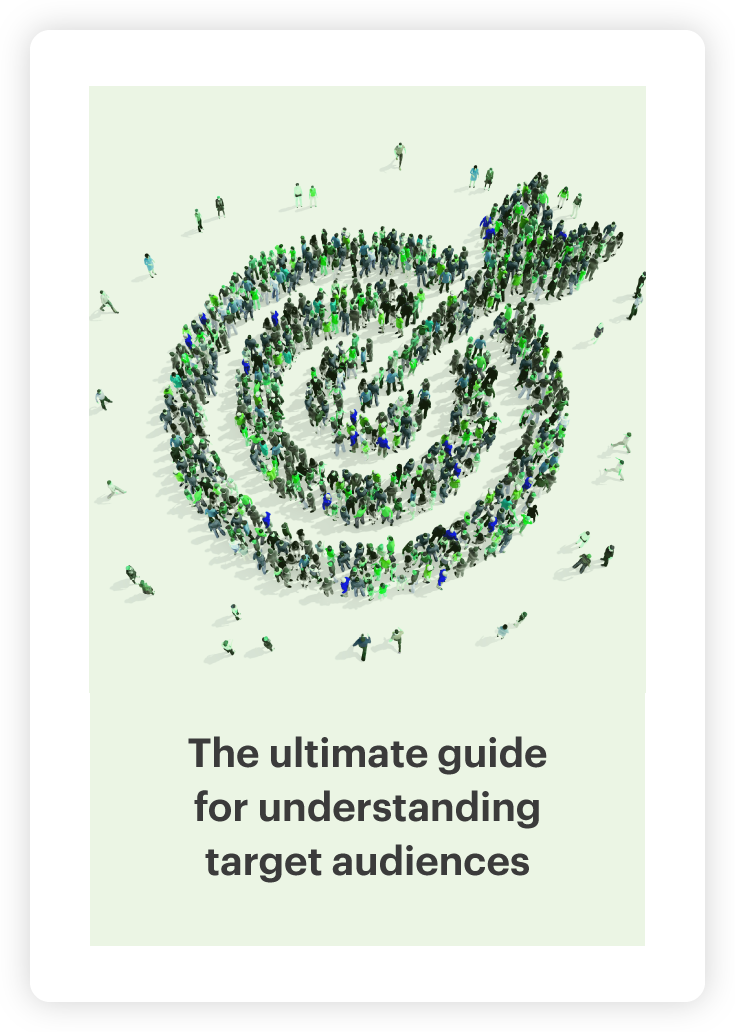Using language to track Netflix trend cycles

Trend cycles move faster than ever. One second you’re obsessed with Tiger King, the next you’re glued to The Queen’s Gambit.
Original content on Netflix and other streaming services typically has a short window of relevancy before a show takes the world by storm, and then everyone moves on to watch the newest release. We wanted to understand what this timeline looks like from the perspective of social media. How does language evolve over time as audiences watch a series, develop opinions and then quickly move on?
To find out, we pulled tweets and forum posts totalling over two million words, discussing Bridgerton and Emily in Paris – one well received and one poorly received series. Using Relative Insight, we analysed social media conversations from the day of premiere against the following week, first month and second month. This will uncover how opinions and language change over time in comparison to viewers’ initial reactions.
Relative Insight compares two or more written language sets to discover the words, phrases, grammar topic and emotion unique to each set. This strategy provides context, utilizing comparison to reveal the evolution of language.
Bridgerton
First Week
Within the first week of a premiere, viewers quickly race to finish the series. Our analysis found significantly higher use of words like finish, finished and finishing from this time period. This further supports our theory of rapid trend cycles. If viewers finish a series within a week, they are poised to watch four new shows per month.

As viewers finish a series, they begin to publicize their opinions. During the first week, we saw an increase in opinionated language including words like think and thought. This initial conversation from early viewers then impacts the likelihood that others will later watch.
First Month
In the case of Bridgerton, initial response was overwhelmingly positive. This led to a change in conversation during the first month. Netflix users who had not watched the show, but heard good reviews, began to give the show a try. In this step of the trend cycle, we found increased use of the word finally used by a second wave of viewers.

This new audience joined early viewers in giving overwhelmingly positive feedback. Obsession began during the first month, which we saw through the use of extreme language like obsessed and love.
Second Month
By the second month, most viewers who were interested had watched the show – and the only thing on anyone’s mind was season two. Mentions of season season two skyrocketed as the hype for season one died down. Mentions of another season were overwhelmingly positive, with viewers talking about how they feel unable to wait much longer for an update on their favorite characters.

Emily in Paris
First Month
Emily in Paris proved to be a polarizing piece of entertainment. Our analysis discovered mostly negative opinions on the series within the first month of the trend cycle, as viewers used blanket words like hate, terrible, bad and worst to describe the show.

Beyond general negative language, viewers had specific issues, calling the series annoying, mindless, and dumb. In the case of a poorly received show, all other language insights were drowned out by these negative opinions.
Second Month
Month two brought enlightenment, opening the eyes of some viewers. Our analysis found audiences questioning their initial interpretation of the series through words like supposed. It became clear that the show was meant to be campy and cheesy and all the things everyone disliked about it. In the second month of this trend cycle, understanding of the show’s intent changed opinion – although the series remained the same.

Just as with Bridgerton, series renewal spurred conversation in month two – but for a slightly different reason. Instead of excitement, many viewers were shocked that Emily in Paris was picked up for another season. This proves that viewers have equal interest in the fate of good and bad shows. Hate watching can be just as powerful as enjoyment.
